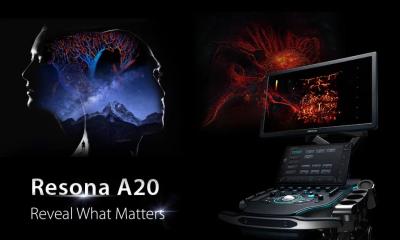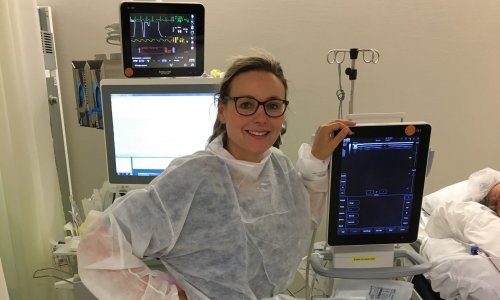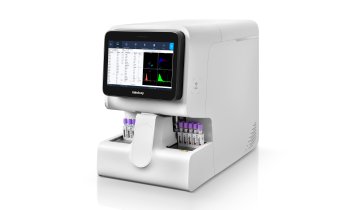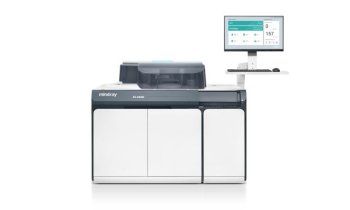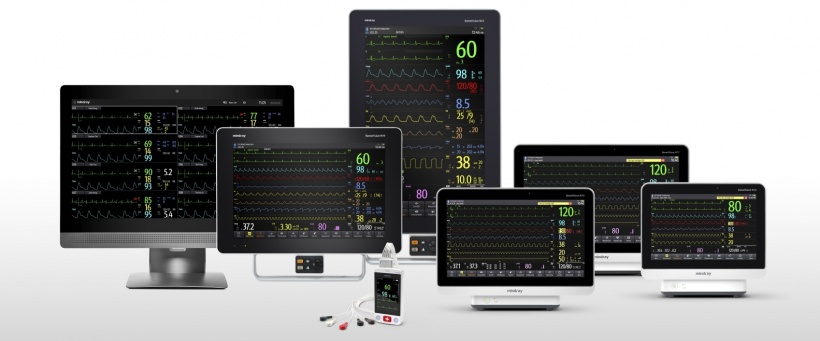
Sponsored • BeneVision Patient Monitoring Solution
Envisioning the future of patient monitoring
30 years ago, monitoring in most intensive care environments was via an ECG display with a numeric value for heart rate combined with intermittent manual measurements of blood pressure.
Advances in technology have greatly increased monitoring parameters. Eight, for example, are included in the current minimum standards for monitoring under anaesthesia but more than ten further sensors are routinely available.* Mindray, which specialises in patient monitoring & life support, in-vitro diagnostics, and imaging systems, is headquartered in Shenzhen, China, and employs nearly 7,600 people internationally. Here, the company looks at present and future technological developments for intensive care.
We need, in a word, a monitoring system that Liberates Clinical Expertise
Mindray
All technological advances come with paradoxes. Patient monitoring is a multifarious process involving the contextual acquisition and interpretation of patient-related data as well as the performance of diagnostic tasks. While the exponential growth in the number of parameters provides clinicians with more patient information to base their diagnosis on, it also makes decision-making a more complex process. Clinicians must hunt for the most relevant pieces out of a vast amount of data that often comes unprocessed and unorganised.
The question is: how to reconcile this paradox?
The clinical setting is in urgent need of decision support. Especially when the acuity of today's clinical environment frequently necessitates real-time decision-making, prompt response to life-threatening events, and handling of a variety of medical devices. In this sense, patient monitoring might become a valuable tool, if it can reduce the cognitive workload of the stressed clinician and ease the decision-making process.
We need, in a word, a monitoring system that Liberates Clinical Expertise.
With BeneVision N Series Patient Monitor, Mindray is envisioning the future of patient monitoring with a humble yet ambitious start.
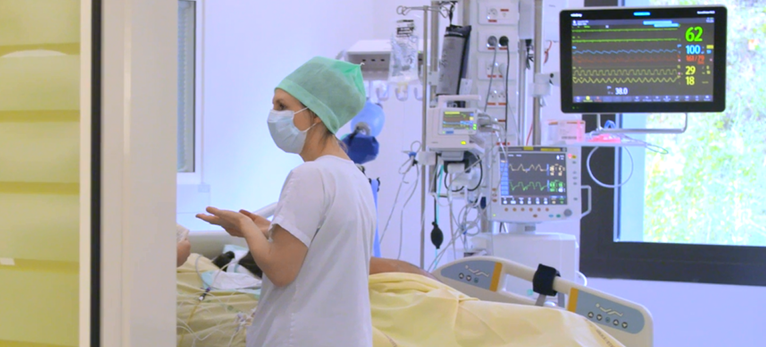
Centralised data management
Current monitoring systems do not lack data. What is lacking is the ability to convert that data into intelligence—intelligence that enhances clinical expertise with a complete and accurate view of patient conditions.
Combining physiological data extracted by a patient monitor with information located in computerised records of medical history, drug therapy, laboratory and radiological testing, integrated patient information can provide early warning of health concerns and optimised management of diseases. In this way, clinicians can spend more time with patients and less time hunting and gathering information.
BeneVision's originated interoperability platform works exactly this way. It builds bridges between stand-alone devices and data sources to enable more informed decision-making and seamless informatics flow. With a powerful iView medical PC inside, BeneVision runs applications independently to bring all patient information on the same screen such as medical imaging and laboratory records.
Besides, its BeneLink Interfacing Module integrates monitored data from other bedside devices, and further transmits to external system by HL7.
Seamless informatics flow
BeneVision's powerful data integration capacity also allows it to be the centre of the seamless informatics workflow complemented by the T1 transport solution. The compact T1 monitor follows the patient continuously and seamlessly anywhere, anytime. T1 combines the MPM module and transport monitor together, with plug and play capability with BeneVision N Series host monitors. Together they constitute a data network that streamlines workflow, enhances patient safety and optimises resources for clinicians.
Another improvement to clinical workflow BeneVision offers is the SmartPager technology. With SmartPager, clinicians can receive real-time patient conditions on mobile devices such as mobile phones and tablets. This way patient data is constantly monitored and readily available to clinicians wherever they are.
Intelligent decision support
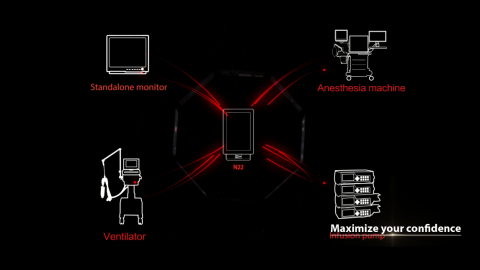
What if monitoring systems can be more intelligent? What if their assistance goes beyond raw information to software entities enriched with decision support?
BeneVision envisions more possibilities of patient monitoring with powerful decision support tools such as ST Graphic, HemoSight, SepsisSight, BoA DashboaIntrd and EWS scoring. These tools summarise complex clinical measurements such as rSO2, ICG, PiCCO, AG, RM, BIS, NMT, etc. and translate it into visualised graphic display, so that clinicians can grasp patient conditions at a glance.
For example, HemoSight helps clinicians make decisions through sets of hemodynamic assistance applications, with visualisation and infographics of hemodynamic parameters. ST Graphic and real-time QT/QTc analysis help clinicians recognise subtle cardiac changes and make early diagnosis and treatment.
Mindray believes the best way to predict the future is to create it. The revolutionary BeneVision N Series is designed to liberate clinical expertise with maximum decision support throughout the entire patient monitoring process, from data acquisition, interpretation to its application in decision-making.
Mindray is at MEDICA
Hall 9 / Stand A74-A78
15.11.2017



